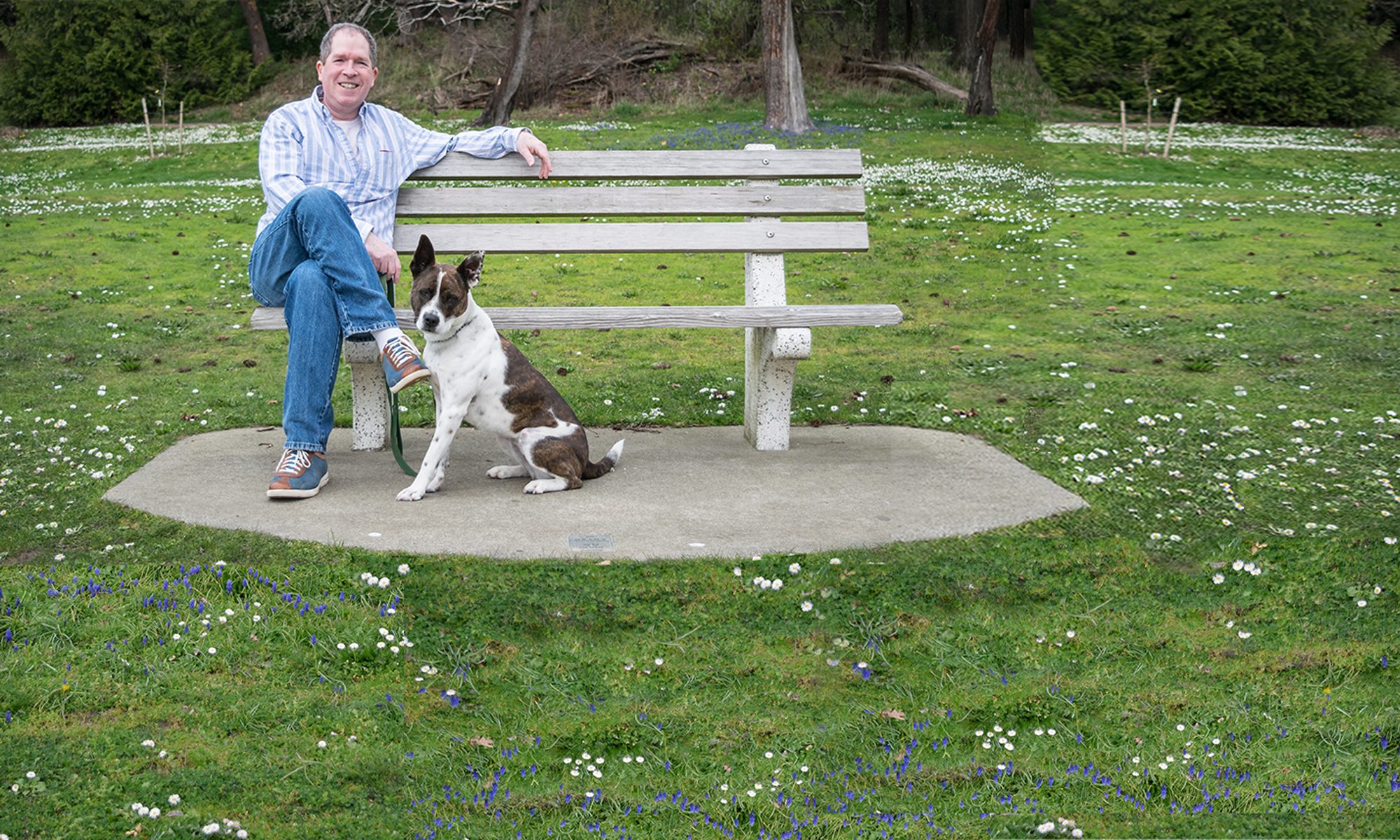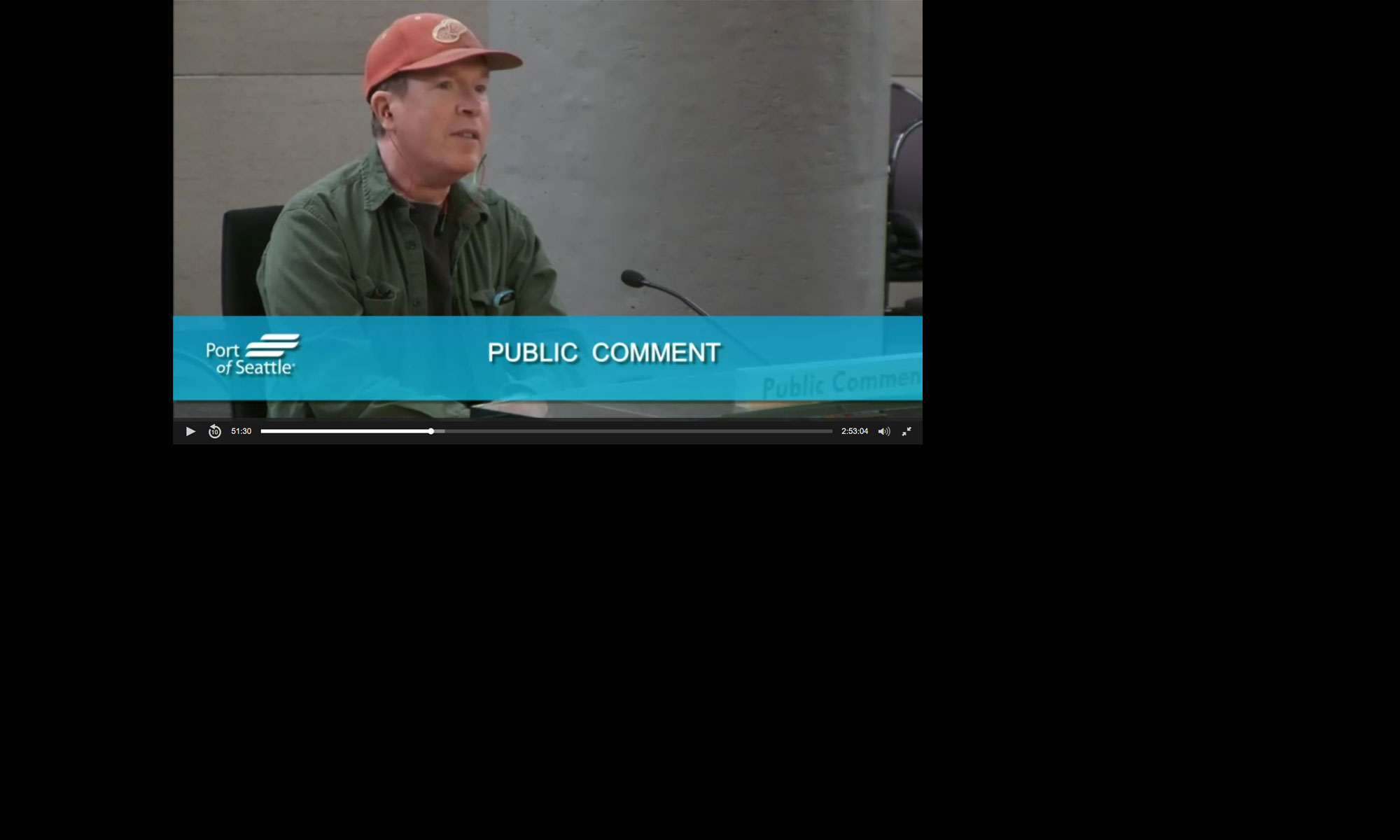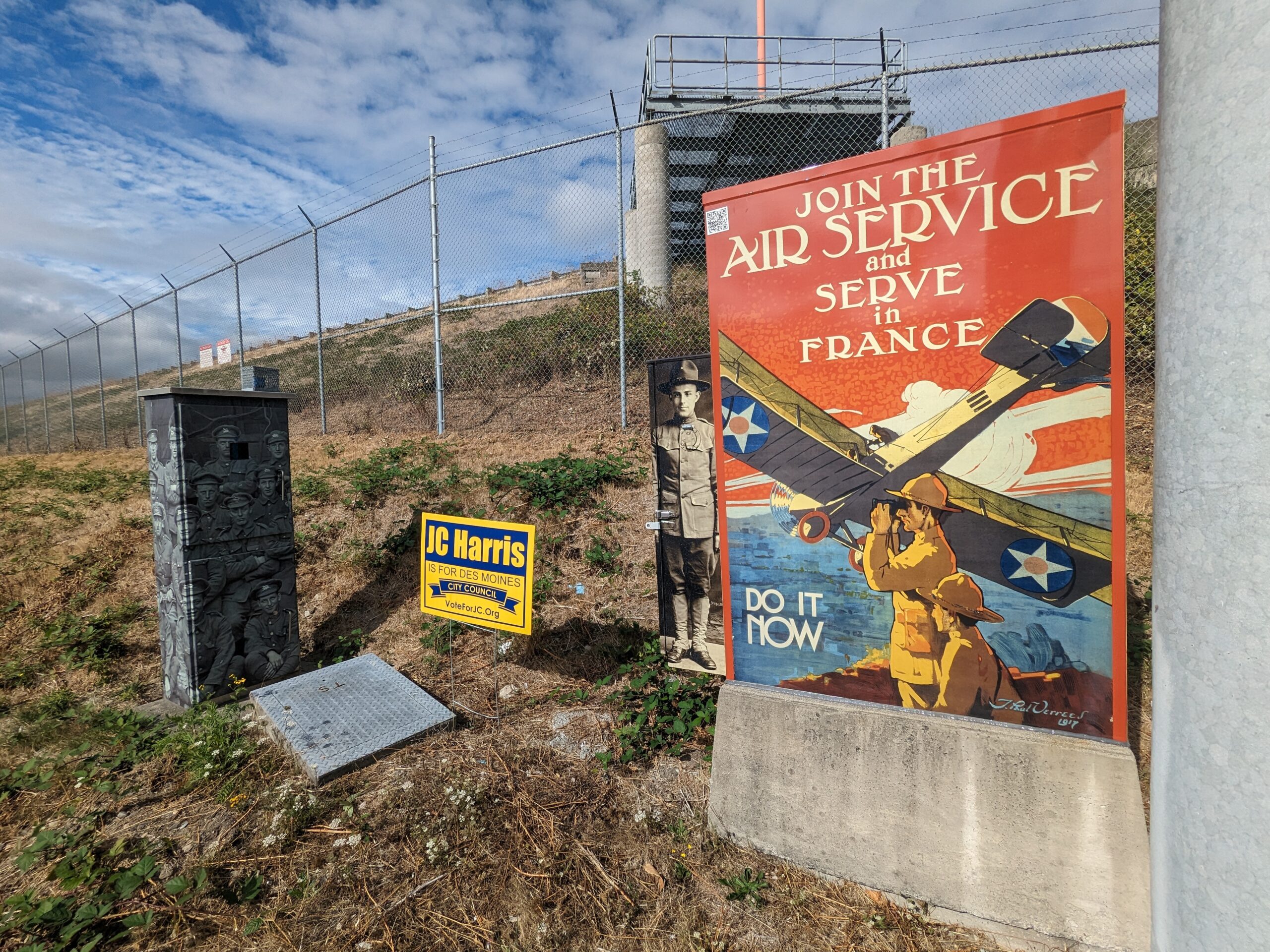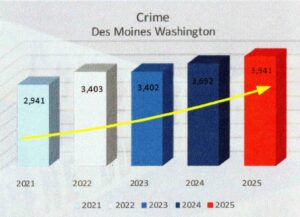Normally, I do not bother people more than once a week. However, after hearing from a bajillion residents, I have two significant concerns about the accuracy of the tax levy lid lift pamphlet you’ve all received from the City which I’d like to call to your attention.
First Concern: the graphic
The bar chart indicates various levels of ‘crime’ by year. I honestly have no idea what those numbers represent.
Also, the chart has a column for ‘crime’ in 2025. Predicting the future is a pretty neat trick.
Second Concern: the example
The ballot initiative says that you are voting on Ordinance No. 1795. I urge you to read that CAREFULLY before you vote because that is what you are voting on; NOT the pamphlet.
Ordinance 1795 is basically a tax increase that is intended for public safety expenses of some kind. THAT is what you are voting on, no more, no less.
Here is my problem
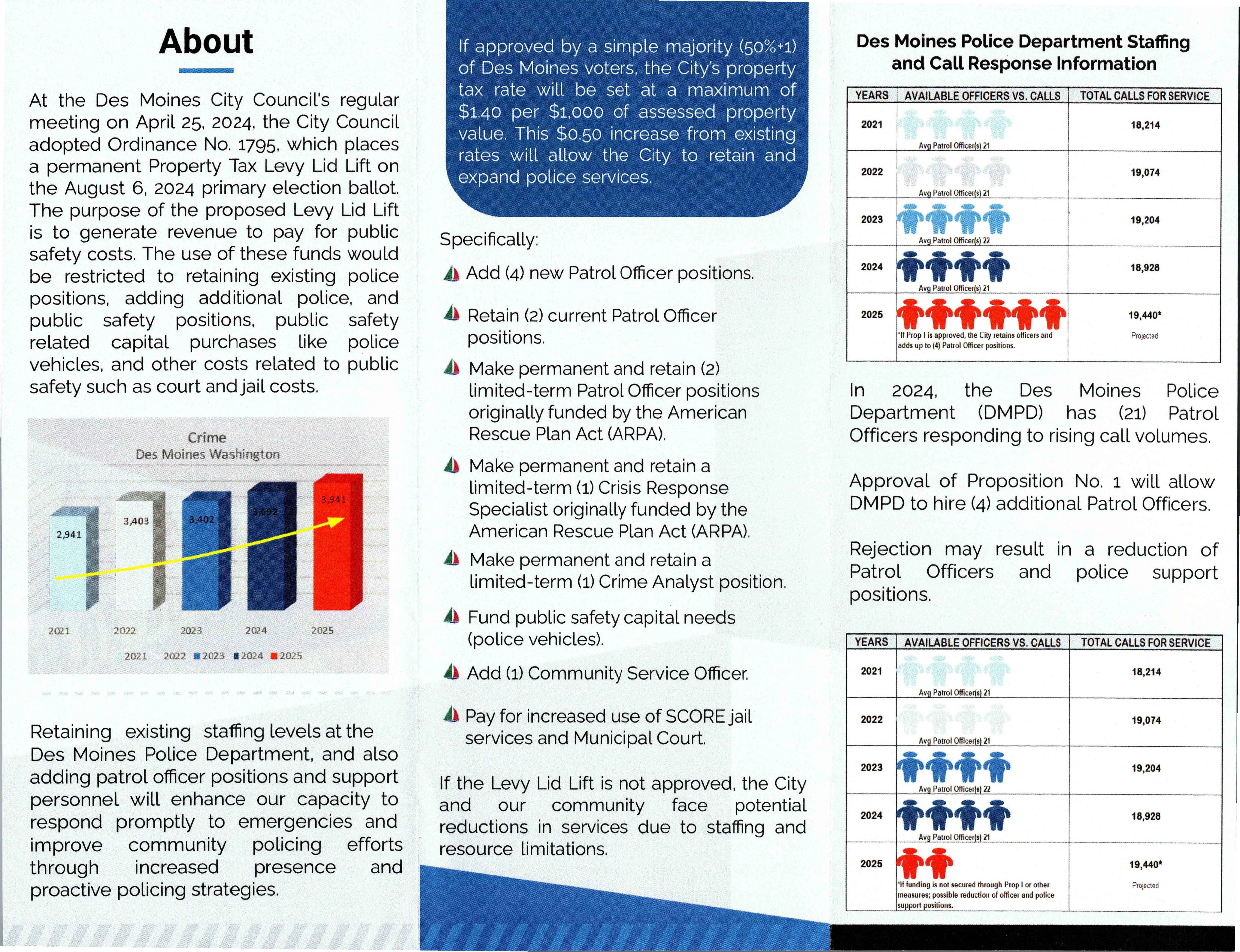 The second and third columns of the pamphlet provide a very detailed example of how those funds -could- be used. But it does not point out that IT IS ONLY AN EXAMPLE.
The second and third columns of the pamphlet provide a very detailed example of how those funds -could- be used. But it does not point out that IT IS ONLY AN EXAMPLE.
Two thirds of the flyer is devoted to one possible example of how the funds -COULD- be used. Not how it -must- be used.
The fact of the matter is that the money -could- be used in 100 other ways–and the pamphlet should say this.
Read the pamphlet carefully. Nowhere does it say something like, “This is only one possible example”.
Because there is nothing legally obligating the City to use the new funds for the specific examples in the flyer.
If this passes, the Council -could- do exactly what is in the pamphlet. Or, it could do something else. And it could do something else again in 2025, 2026, 2027. The money could be used in many different ways every year. It just depends on what the City Council approves in any given year.
The Whereases
An Ordinance is always in two pieces: the Whereases and the actual ‘law’. The Whereases are the intent. But they are not the ‘law’ That is in the second piece. The Ordinance does not require the City to maintain or increase staffing levels or equipment levels. That is the goal stated in the Whereases. But there is -nothing- binding the City to do that if it decides to make other choices in any given year. It’s -not- a contract.
Note that the Sections of the ordinance (the actual ‘law’) are devoted almost exclusively to the tax.
Some other possibilities
Our current annual public safety budget is prox. $14M. Based on the feedback I’ve received thus far on the pamphlet, I believe the public assumes that this levy would increase that budget to about $16M.
That’s the goal; Plug a $1M hole in the current P/S budget, and then tack on another $2M for new stuff (officers, vehicles.) Schweet.
- However, there is nothing preventing the City Council from, instead, voting for only that same $14M P/S budget. We could use that $3M in new money for public safety, but then only allocate $11M from the general account. And that could free up $1M for other purposes having nothing to do with public safety.
- Or, we could allocate $16M. But when we negotiate a new contract with the Police Guild this fall we might find that salaries have increased and we have fewer options to achieve those -goals-.
Neither of those scenarios would achieve the specific goals of the pamphlet. But both would be completely within the scope of the Ordinance.
Again, again, we’re voting on a tax increase. Not specific staffing or vehicle purchase proposal. There is nothing obligating the City to follow the example in the pamphlet.
No ordinance can bind a future council
No ordinance can bind a future council. That’s a fancy way of saying that the City Council can create a policy one year and then vote to go in a different policy direction the next–regardless of the Whereases in Ordinance 1795.
Permanent
But the tax part? That is permanent, unless or until the City Council would create another ballot initiative to give voters a chance to remove it.
Summary
Sorry for repeating myself so many times. I do not want to sound like there is any bad intent. Future City Councils could follow the example in the pamphlet each year going forward; and forever. (I wrote some of that copy and I believe they are great goals. 🙂 )
But that is not what the legal language says. And I’ve gotten push back from residents who simply refuse to believe this. They insist that they are voting on the specific example in the pamphlet. And I don’t know what to do with that. It’s simply not true.
Summary
Vote however ya like. Just understand exactly what you are voting for. Ordinance No. 1795. Please read it (it’s not very long) and decide based on that.
Not the example in the pamphlet.
